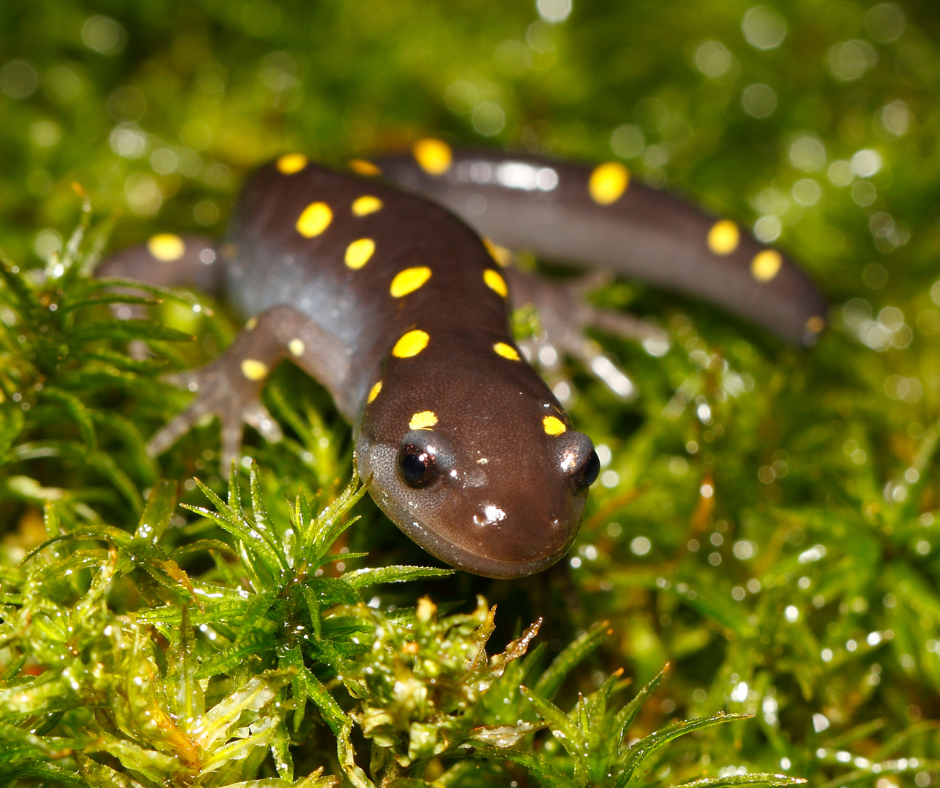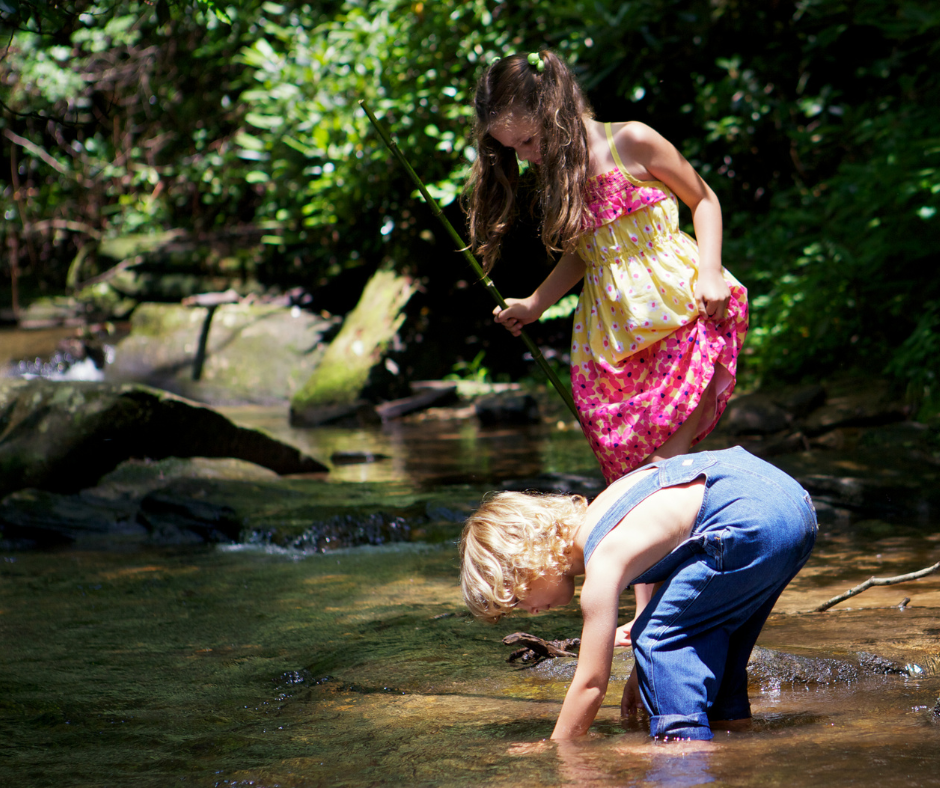So it’s snowing outside, and your homeschooled child is slumping over their science workbook inside, making faces. Or maybe its the weekend and your family needs to get outside for some fun and mental stimulation.
We hear you!
One of the greatest challenges for parents is figuring out how to keep their kids engaged. While the answer may be simple (make learning fun, make play educational) the application of that idea… not so simple.
In this article you’ll find a few activities to inspire you into getting your kid out in the snow and—unwittingly—in class at once!
What with snowball fights and rampart building, angel making, snowman sculpting, launching themselves down hills on their bellies to break their own records, sledding, king-of-the-hill, trust-falling into deep banks, catching snowflakes on their tongues, there’s no end to the wonder in wonderland.
But if our brains have a boredom center, that’d be where rote learning makes a home. Without all five senses engaged during a learning experience, the new data has very little foothold in our long-term recall, and what was learned can easily disappear.
Not only does student and teacher / parent and child suffer the chore, but there are little fruits to the labor. This is where bridging that gap comes in.
1. Animal Detective
Begin with a question. Ask your child if they can think of a way to figure out how many creatures live hidden in your area, ordinarily leaving no trace as they go about their furry, feathery lives. Then engage their imagination.
Pretend you are Sherlock or Enola Holmes. What might they look for? Bring out a notepad and pencil—even a magnifying glass for the dramatic flare of younger ones—have your child hunt for clues in the snow and draw any tracks or prints they find.
There are obvious ones—a bunny hops right across the yard, shy deer tracks amongst the trees.
Look closer. There are also the not-so-obvious ones—birds that may only have landed for a few skips, or mice, who hide all their craftsmanship beyond a tiny entrance. (Their tunneling networks look awesome when exposed in the half-melted snow. Kids can figure them out like a maze in a puzzle book.)
When your budding detective has filled a few pages with their sketching’s of tracks, they can bring their findings inside and compare them with an identification guide.
Be sure to follow up with more questions.
• Were they surprised by what they discovered?
• Which of those animals and birds had they never seen in person?
• Who had the smallest feet and who had the largest?
• What do they think the differences would be between a woodland area and an urban area?
• How would they design a way of comparing woodland tracks to urban tracks?
• Do they have any ideas on how many animals can bare the freezing cold underfoot without wearing socks and boots, when a human cannot?
2. Magic Balloons
In the warmth of your home, have your child inflate a balloon and tie it up. Then, dressed for the snow, have them take the balloon outside into the cold air (the colder the day, the better) and watch as the balloon slowly appears to deflate.
Ask them if they think the air is leaving, or changing.
Then, ask what they think will happen if they take it back inside the warmth again.
Once they do, they’ll be able to see the balloon appear to re-inflate itself again.
Ask them if they have any ideas as to what’s going on with the air trapped inside the balloon, helping them along with the idea that gases can expand and contract.
Discuss with them the cause of many weather patterns of warming and cooling air that move through their area, causing storms, gales and downpours.
*** Note: Balloons are harmful to wildlife. Latex balloons are actually biodegradable and can be composted. Otherwise cut them into pieces and place them in the trash.
3. Ice Sun Catchers
More of an art project, these frozen sun catchers will look amazing on the outside of your windowsills or perched in the branches of bushes.
Simply have your child forage for natural decorations—berries, sprigs of pine, interesting leaves, seeds (or from inside the house, orange slices and flower petals if Mom’s giving the thumbs up!)
Then, outside, arrange the treasures in a container. Metal pie pans, plastic/glass food containers work well.
Next pour water over the treasures. The water will freeze, trapping the arrangements inside.
You can carefully remove the frozen creation from the dish and drill a hole in it. Use a string to make a loop so you can hang it in the sun.
These have a stunning effect when held up to the sky.
4. Snow Castle
Part imagination game, part social studies, have the kids assume that they were stuck out in the middle of the wilderness with no sign of man-made shelter for miles in all directions.
First ask:
• How would they survive their first nights before they figured out a way back home?
• How would they shelter from the bitter winds that could come at any moment?
• Can they think of anyone in the world who has built a way of life out in the snow and ice?
• True or false: Snow has the ability to insulate. (True!)
• What do they think mice and other warm-blooded mammals do in the deep winter? You can check out our article on Hibernation.
Short of being able to cut ice blocks for an igloo or tunnel a cave in the snow and wait out the night down there, have the kids build a snow fort. Have them figure out how they’d sleep in it, cook in it, and get in and out without collapsing the walls.
Bring out a packed lunch and hang out with them in there, validating their work.
Ask:
Are larger forts necessarily better than smaller forts?
Have a conversation about the Inuit people, maybe finishing up with a video on YouTube demonstrating the construction of a real igloo. If nothing else, a great exercise for letting them see how easy they have it these days!
5. Snowballs on Scales
This one I love. So simple, so revealing.
Go outside with your kid and make a small collection of different sized snow balls, say four or five. Ball them up nice and round but try not to compact them too much just yet. Bring them inside and line them up in order of size.
Get out your baking scales and measuring tape, and have your child record the sizes and weights on a prepared chart. Next comes the tricky bit.
Without losing too much snow off each ball (gloves could stay on for best results) have your child compact the largest ball as much as they can. Measure its width again, then weigh a second time.
What does your child notice? What are their thoughts on this? Give them the opportunity to teach you about compression, before offering suggestions of your own or filling in their gaps.
Take Away
With every changing season and every new weather pattern, we get some pretty cool opportunities to use to our advantage as educators. Nature is literally our classroom.
Snow is packed full of lessons to come away with, and each one can be tailored to suit younger ones and older ones.







Hands-on science experiments are the best because they provide an unparalleled learning experience that engages students at a deeper level. Unlike traditional textbook learning, where knowledge is acquired passively, hands-on experiments encourage active participation and critical thinking.